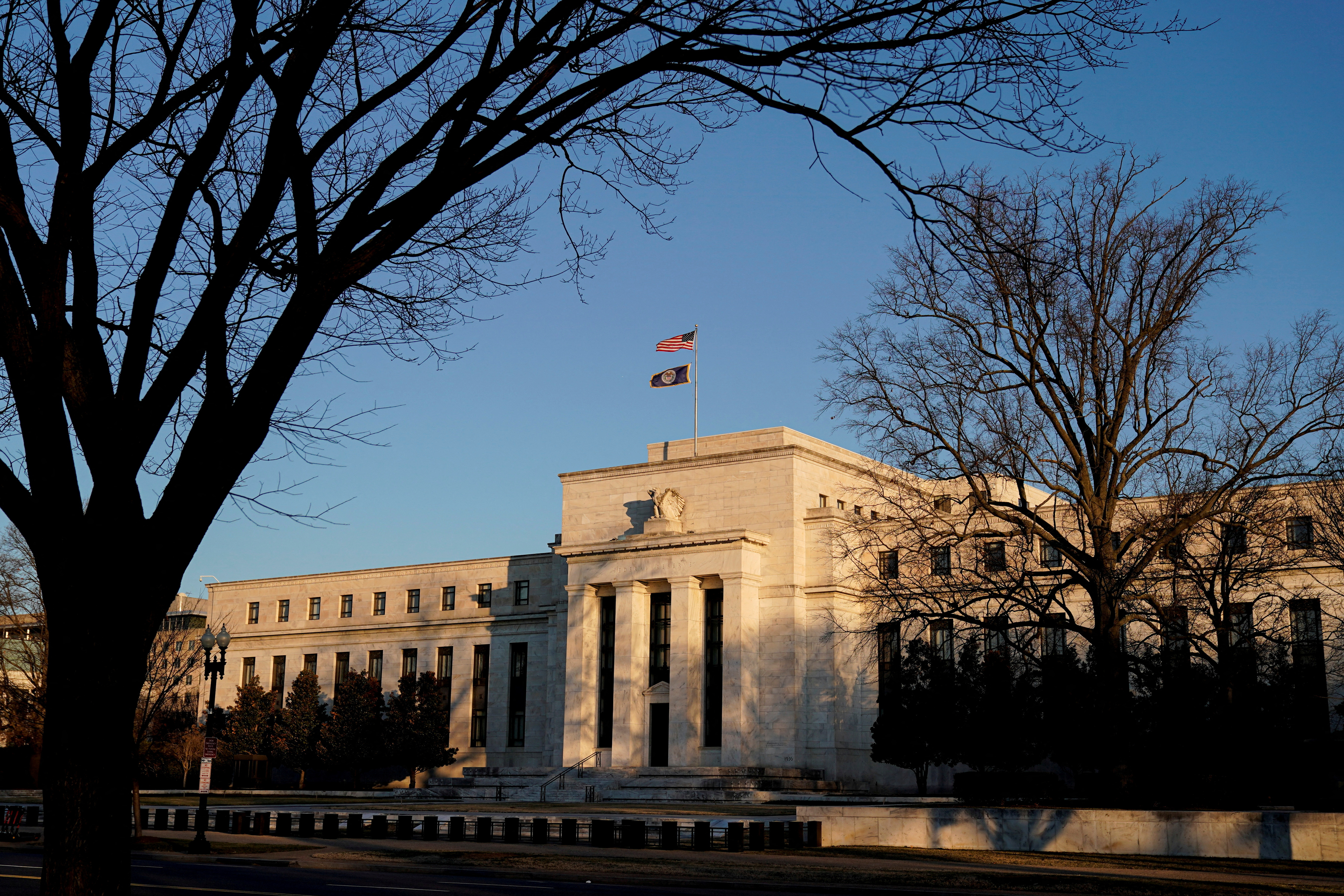
“Restoring price stability remains the current imperative and it is clear that there is more work to do,” Collins said in a speech text to open a conference on the labor market at her bank. “I expect this will require additional increases in the federal funds rate, followed by a period of holding rates at a sufficiently restrictive level for some time,” she said.
Collins, who holds a vote on the rate-setting Federal Open Market Committee, said that recent data hasn’t altered her view on what the Fed needs to do over the longer run.
Some recent inflation data has suggested that the high levels of price pressures that have driven the central bank to raise interest rates aggressively this year are moderating, which could allow the Fed to slow or even stop soon the tightening process.
From a near-zero federal funds rate in March, the current target rate range now stands at between 3.75% and 4%. Policymakers are expected to lift it again at the upcoming December meeting, by either 50 or 75 basis points.
“The latest data have not reduced my sense of what sufficiently restrictive may mean, nor my resolve,” Collins said.
Still, the bank president said she hopes the Fed can bring inflation down without causing too much trouble for the economy. Many fear the path the Fed is on now will likely drive up unemployment, possibly by a lot, and send the economy into recession.
“Despite being realistic about the risks, I look at current conditions and remain optimistic that there is a pathway to reestablishing price stability with a labor market slowdown that entails only a modest rise in the unemployment rate,” Collins said.
Collins noted in her remarks that understanding the relationship between inflation and unemployment has grown more complex in the wake of the coronavirus pandemic.
"A challenge for current monetary policy is determining whether the changes in the relationship between the unemployment rate and other labor market variables stem from temporary effects of the pandemic, or from longer-lasting labor market trends that the pandemic might have influenced," Collins said.
Comments